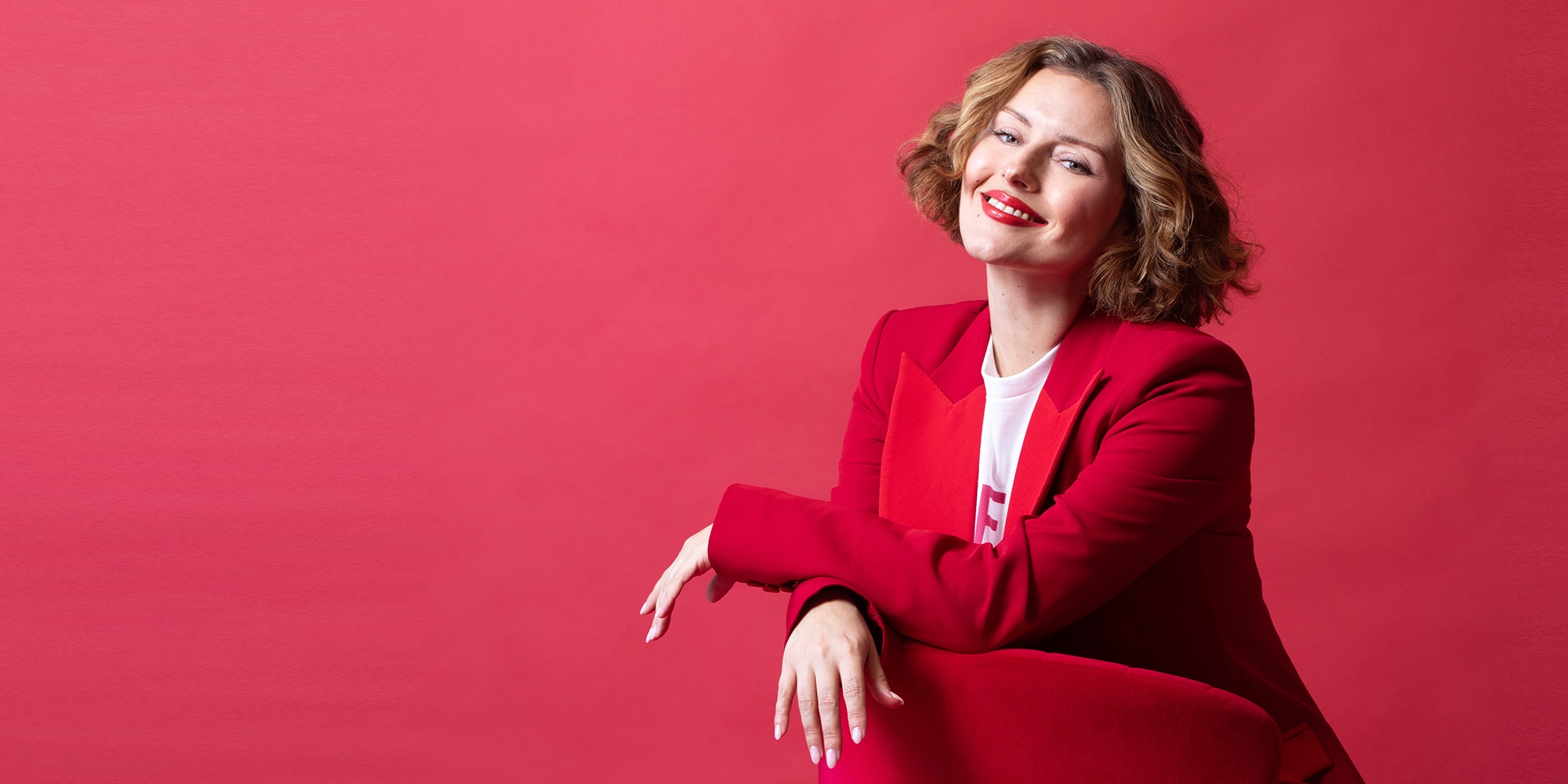
Cosmetica Teams Up With Celebrity Makeup Artist Katie Jane Hughes To Showcase Its Innovations
As beauty contract manufacturers increasingly step out of the shadows, Cosmetica Laboratories Inc. has partnered with celebrity makeup artist and content creator Katie Jane Hughes to spotlight trend-forward products it can produce for brands.
The partnership entails Hughes, also the founder of KJH, a cosmetics brand that launched last year, being the face of the company’s digital marketing campaign, sharing its innovations with beauty professionals and promoting it at Make Up in Los Angeles, the beauty industry trade show running from today to tomorrow at the Los Angeles Convention Center. The campaign and Cosmetica’s activation at the trade show are saturated in red, a signature color for the company that happens to be slathered on Hughes’ lips not infrequently and is emblematic of monochromatic looks that are on the upswing.
The arrangement between Hughes, whose client list includes Ashley Graham, Hailee Steinfeld, Kate Bosworth, Kat Dennings and Hailey Bieber, and the manufacturer is more typical of brands than copackers, a group generally behind the scenes that hasn’t made social media or connections with influencers and working makeup artists a huge priority.
“It’s not a common type of partnership for a creative like myself, but I think there’s no reason why it shouldn’t be because for years now I’ve always been a consultant on products on behalf of brands, so why not on this level as well?” says Hughes. “As a new brand founder and a creative in the field, I’ve always been fascinated with product development and, for lack of a better word, the secrets you don’t get to see unless you’re in the business.”
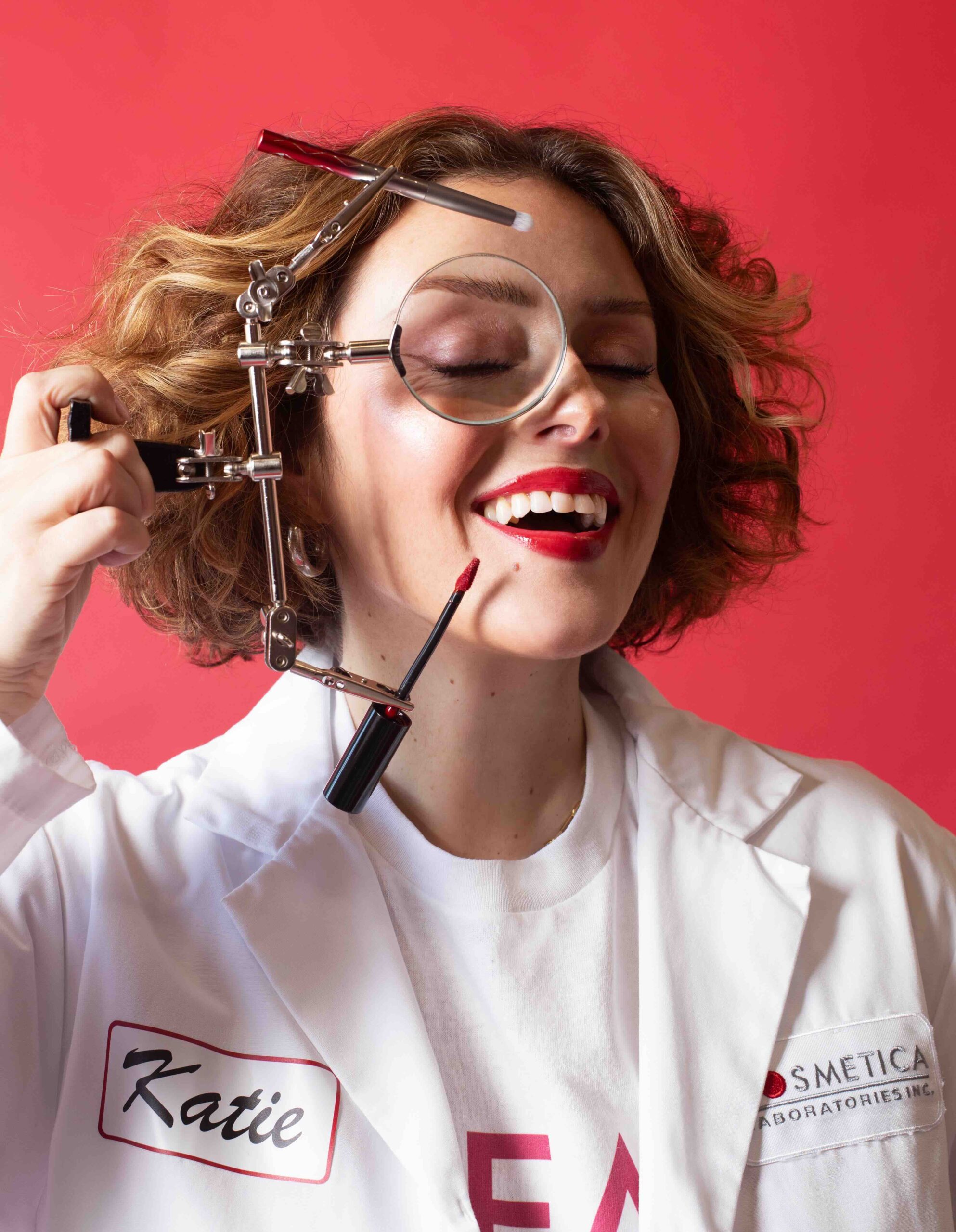
Maria Osorio, director of marketing and product development, entered the beauty industry on the brand side at Columbian beauty company Hola Lola Cosmetics and draws from the brand playbook as she thinks about marketing and product development at Cosmetica, which she joined in 2020. The manufacturing company has over 600 employees, two facilities in Toronto, where it’s based, and an innovation hub in Los Angeles. Last year, it partnered with three micro-influencers in a campaign that, through post-consumer surveys, it learned its brand clients appreciated, and it had a positive sales impact.
“The industry norm is people in manufacturing don’t usually build a whole campaign as a cosmetics brand does around a trend collection, but we want to show the approach we are taking with these products, and we present them how they would look in your Instagram feed or on your e-comm,” says Osorio. “From the beginning when we develop a product, we ask those questions and solve them for our customers.”
At Make Up in Los Angeles, Cosmetica is focusing on what it’s called its CLInical and Tweax collections. The Tweak collection spans seven color cosmetics formulas and two skincare formulas. The CLInical collection has five skincare and sun care products: lifting moisturizer, firming serum, mineral SPF sunscreen, chemical SPF sunscreen and a brightening eye offering.
The collections are grounded in trend forecasting by agencies and insights gleaned from brands and social media. The CLInical collection caters to diverse skin types and conditions and its products are clinically validated, an important factor in the current skincare market prizing efficacy and substantiation. Cosmetica presents two trend collections per year.
Osorio mentions the Tweax products enable brands to make statements around pro-aging and tweakments, the concept of noninvasive treatments that subtly emulate invasive aesthetics treatments. Osorio explains that Cosmetica’s view of tweakments is “little tweaks you can do yourself at home” and highlights a cryogenic product as a way that the company is embracing the trend.
“It’s not a common type of partnership for a creative like myself, but I think there’s no reason why it shouldn’t be.”
For brands interested in playing in the tweakment arena with their products, she says, “I would compare the results you could achieve at the doctor’s office with what you can achieve at home.”
Speaking of products from Cosmetica that engage the tweakment concept, Hughes adds, “There’s a lot of pearlized textures which are radiant and juicy on the skin to make it look plumper. This collection is amazing for those dewy skin lovers. If there’s a brand out there that’s really looking into textures that give that juicy, dewy look with a pearlized finish, this is a collection they will get excited by.”
While Hughes has consulted for brands and is now being tapped by Cosmetica, she acknowledges she still has plenty to learn about beauty manufacturing. For KJH, she didn’t use Cosmetica and has had some frustrations stemming from her interactions with the brand’s copacker.
“When I went to visit my lab, I thought turnkey meant that they help you from A to Z, from conception to getting the product out the door. I would say things like, ‘I want to make it so it can ship to England, Australia, Canada and Brazil,’ and they would be like, ‘Oh, right,’ but I didn’t know that I needed a regulatory person,” she says. “I have found myself going two steps forward to go a step back with a lot of different elements. You don’t know what you need until you need it.”
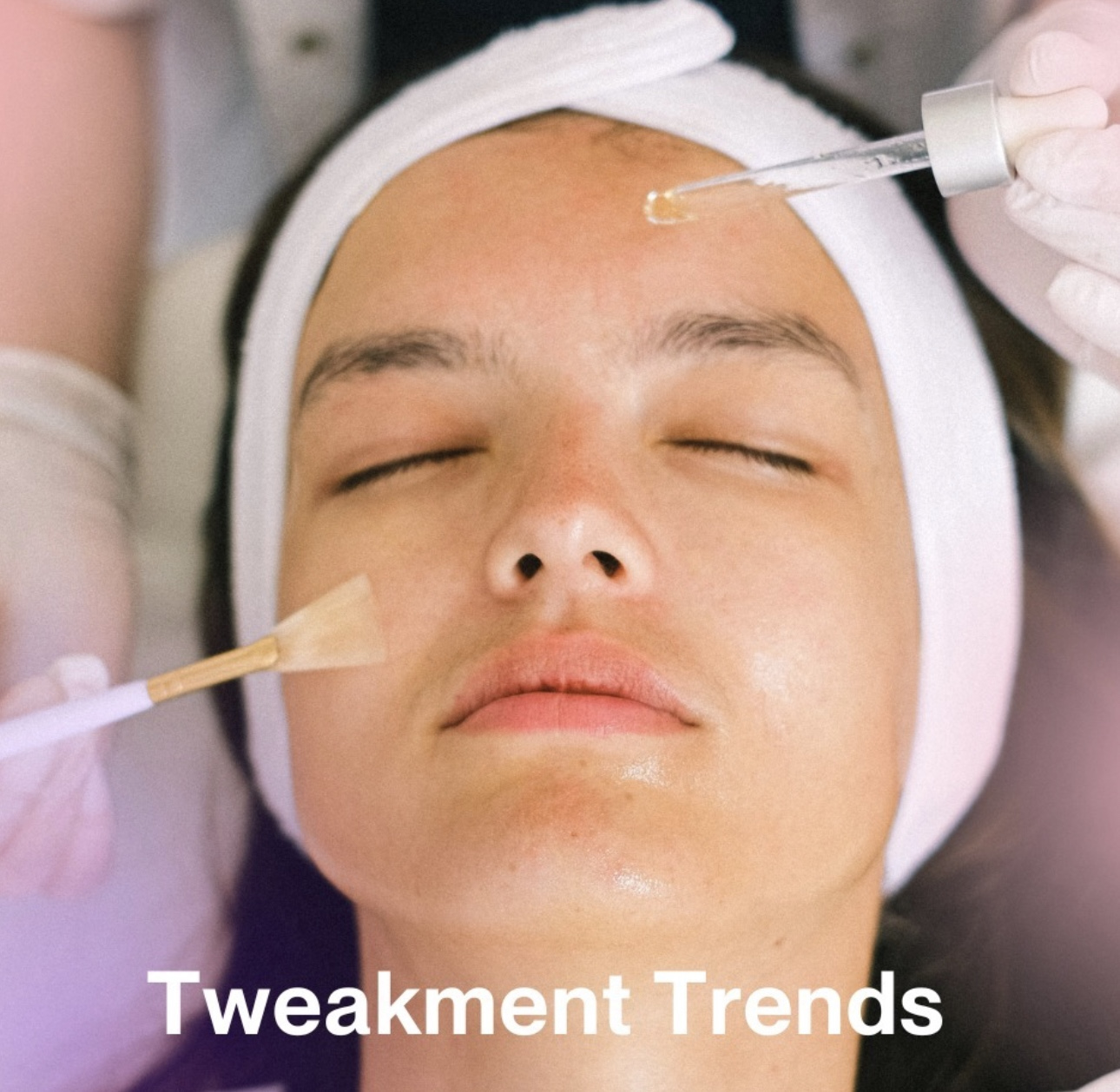
Hughes believes, both for brand founders and end consumers, greater transparency would be beneficial. Osorio agrees. She says, “This is an era of transparency with social media and digital. You can’t have as much secrecy anymore. Everything used to be behind the curtains and a secret. Of course, we believe in confidentiality for our customers, but, on the other hand, if we are creating amazing products and formulas, we want to communicate that for our customers to see how they fit with their brands.”
Along with brands, Hughes asserts consumers are intrigued by the process of developing and bringing a beauty product to market. She has 890,000 followers on Instagram. On TikTok, she has 254,000 followers and 2.6 million likes. Although her content generally concentrates on makeup application and product tips, she points out her audience is captivated by product development.
“When I do PD talk, the thing they find most interesting is that there are two ways a product starts, either a client will go to a lab and go, ‘I want to do a liquid lipstick,’ or the lab goes to the client with it. They don’t know there are two ways to go about it,” says Hughes. “I think they should know more about it because, if a brand has any stability issues or another issue becomes public, I think it’s important for people to understand how these things happen.”


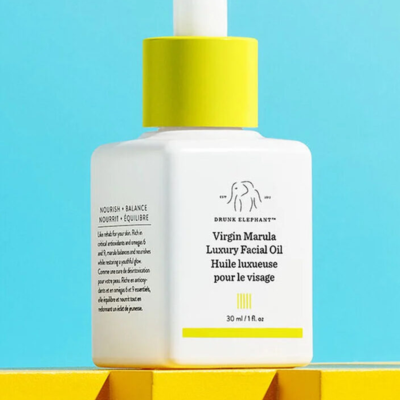

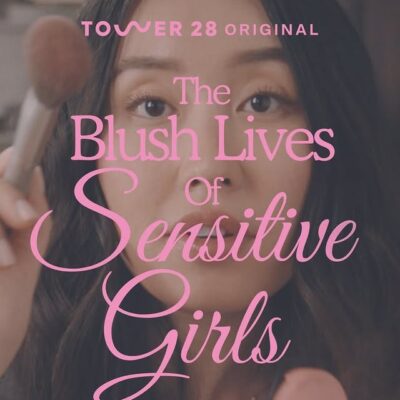
Leave a Reply
You must be logged in to post a comment.